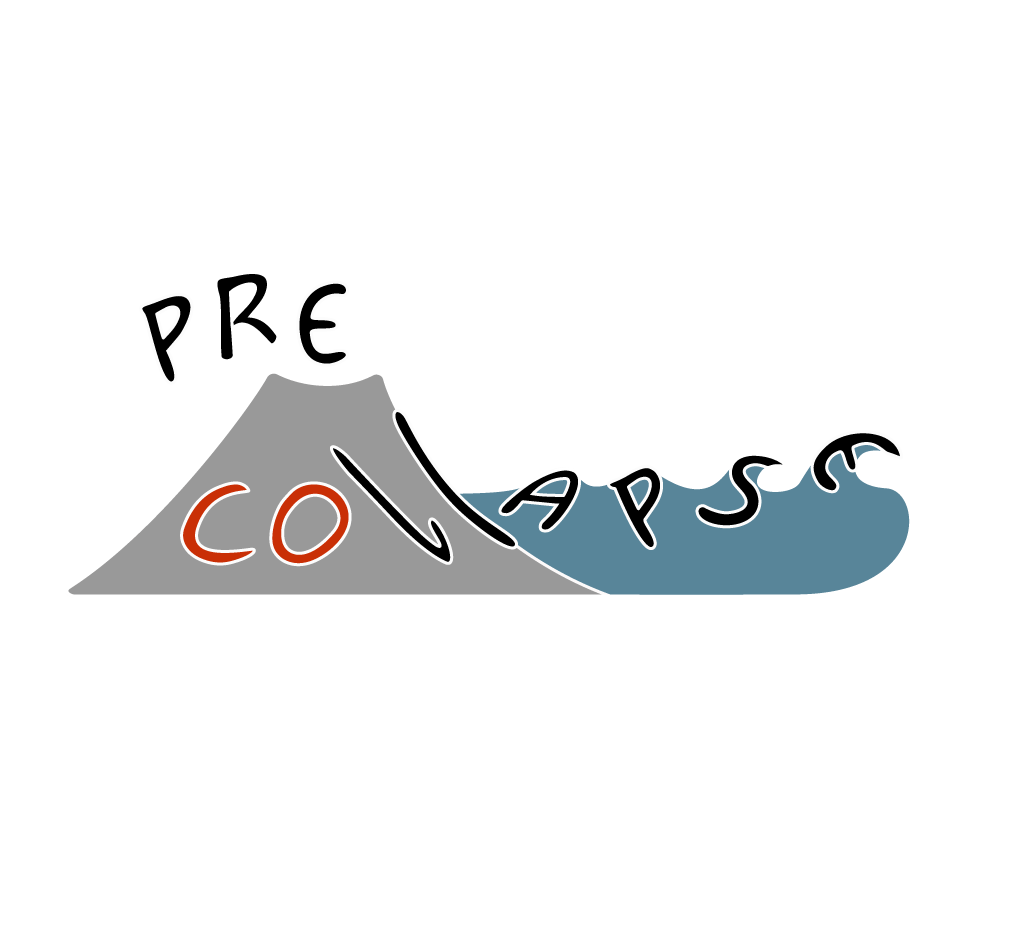Blog
Research highlights, cruises, methods, scientists reports
Reflecting, Puzzling, and Exchanging:
PRE-COLLAPSE Writing Retreat, Workshop, and Field Trip in the Eifel Volcanic Region
Returning to Krakatau: Diving for Rock Samples and Building Research Bonds
One year after the R/V SONNE cruise, GEOMAR researchers returned to the waters around Anak Krakatau to gain a deeper understanding of an intriguing discovery made during their previous expedition. This latest endeavour, part of an on-going collaboration with BRIN, Indonesia’s national research and innovation agency, aimed not only to collect geological samples but also to strengthen scientific ties between GEOMAR and Indonesian researchers.
Kilauea, Science, and Crawfish at Rice University (Houston, TX)
Fiene Matthies wrote about her PHD studies, and her visit to Professor Julia Morgan at the Earth, Environmental and Planetary Sciences department at Rice University, where she selected samples from Kilauea’s submarine flank.
Diving down to the base of the Etna volcano
METEOR Expedition M198 explores flank instability
Looking deeper into the subsurface beneath Anak Krakatau's waters to understand how volcanoes cause tsunamis
REconstructing VOLcanic erUptions and Tsunamis Of Krakatau VolcaNo
In August 2023 the PRE-COLLAPSE team and other international scientists visited Indonesian waters with research vessel R/V SONNE to decode the mechanisms behind the devastating volcanic events at Anak Krakatau in 1883 and 2018.
Volcanic Tsunami Hazards: What can the Santorini seafloor tell us?
Marks imprinted in the Aegean seafloor help to better assess the hazards of volcanic tsunamis
Eight months of seafloor geodetic data from Etna's wet feet. What secrets does she have this time?
With the French oceanographic research vessel N/O Téthys II Morelia Urlaub had the opportunity to download the most recent seafloor geodetic data from the GeoSEA network at Etna’s southeastern offshore flank.
Detecting ground deformation across the shore at Etna’s unstable southeastern flank
Researchers from PRE COLLAPSE and accompanying projects are monitoring Etna’s southeastern flank that is slowly moving into the sea. To analyse the behaviour of the sliding blog, on land two creepmeters have been installed in July 2022 to complement the offshore GeoSEA array that has been running since 2016.










